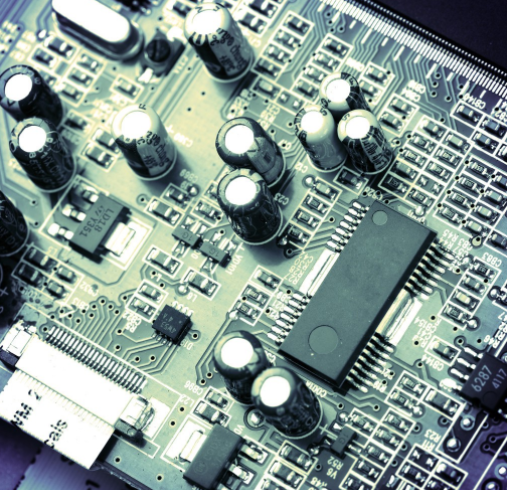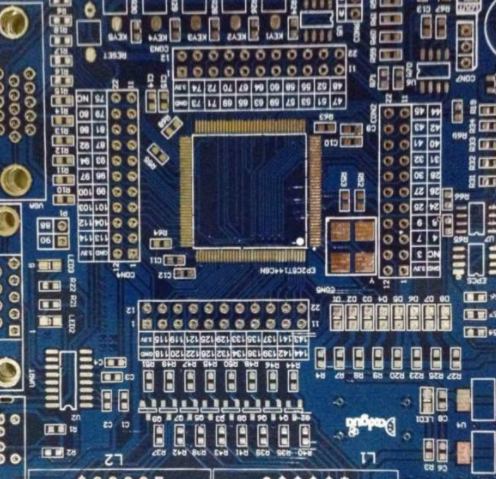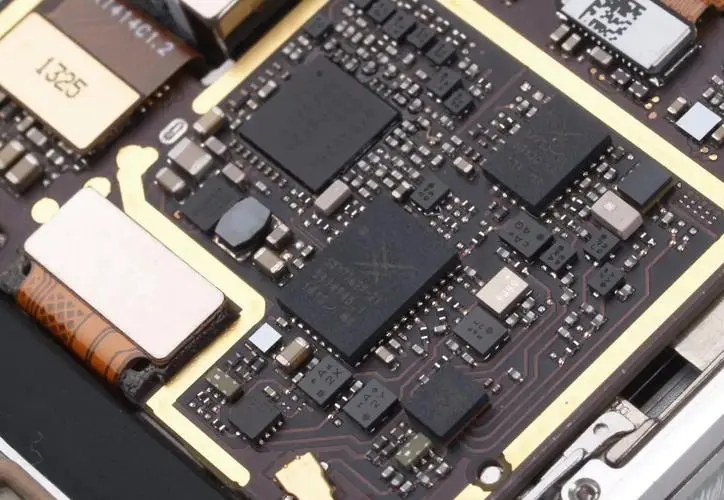
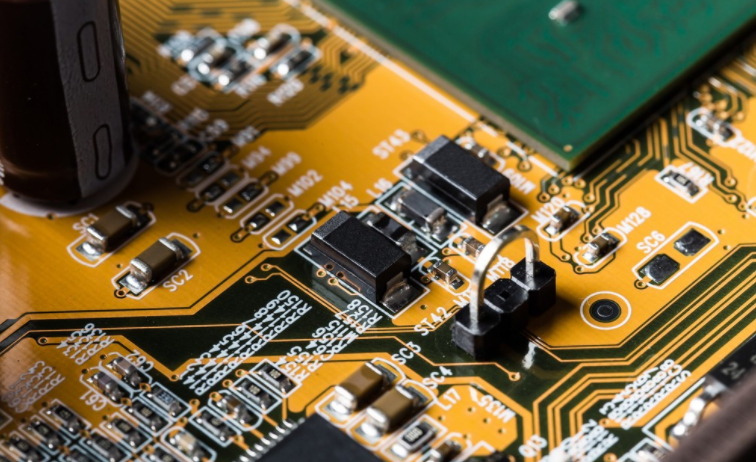
To shorten PCB design time and master skills
At present, according to the requirements, the size of PCB board is getting SMAller and smaller, and the requirements for devICe density are getting higher and higher. The difficulty of PCB design is gradually increasing How to shorten the design time while ensuring the quality? This requires engineers to have excellent technical knowLEDge and master some design skills
Determine the number of PCB layers
The size of the circuit board and the number of wiring layers need to be determined at the initial stage of design. The number of wiring layers and stacked pipes (STack up) will directly affect the wiring and impedance of printed wires. The size of the circuit board helps to determine the stacking mode and the width of the printing line to achieve the desired design effect. At present, the cost difference between multilayer boards is very small. At the beginning of the design, more circuit layers were used, and the copper coating was evenly distributed.
PCB board
2. Design rules and restrictions
To successfully complete the routing task, the routing tool needs to work under the correct rules and restrictions. In order to classify all signal lines with special requirements, each signal level shall have priority. The higher the priority, the stricter the rules. The rules relate to the width of the printing line, the number of vias, parallelism, the interaction between signal lines and layer restrictions. These rules have a great impact on the performance of routing tools. Careful consideration of design requirements is an important step for successful cabling.
3. Layout of components
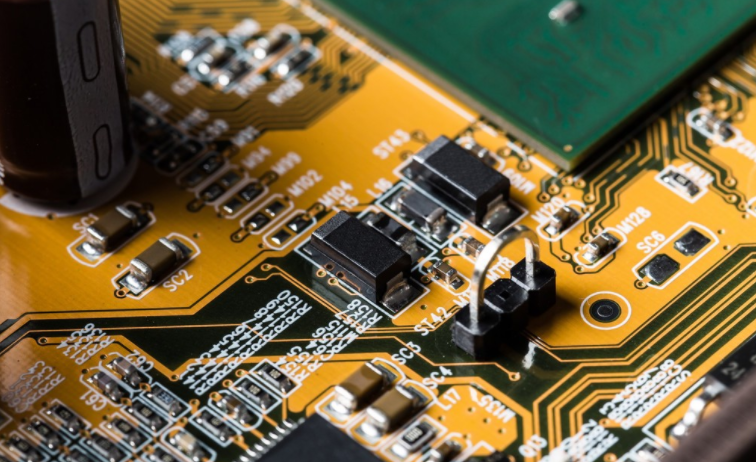
During the assembly process, the design for manufacturability (DFM) rules will limit the layout of components. If the assembly department allows parts to move, the circuit can be properly optimized for automatic wiring.
For example, for power cord layout:
1) In PCB layout, the power decoupling circuit should be designed near each related circuit rather than placed in the power part, otherwise it will not only affect the bypass effect, but also flow pulsating current on the power line and ground wire, causing interference;
2) For the internal power supply direction of the circuit, power shall be supplied from the last level to the next level, and the power filter capacitor of this part shall be arranged near the last level;
3) For some main current channels, such as disconnecting or measuring the current during commissioning and testing, the current gap should be set on the printed wire during layout.
In addition, it should be noted that the regulated power supply should be arranged on a separate printed board as far as possible. When the power supply and circuit share a printed board, the layout should avoid mixing the regulated power supply and circuit components or making the power supply and circuit share a ground wire. Because this kind of wiring is not only easy to cause interference, but also can not disconnect the load during maintenance, so only part of the printed circuit can be cut, thus damaging the printed board.
4. Fan out design
At the fan out design stage, each pin of surface mount equipment shall have at least one through-hole, so that when more connections are needed, the circuit board can conduct internal connection, online test and circuit reprocessing.
5. Manual wiring and key signal processing
Manual routing is an important process of PCB design now and in the future, which helps automatic routing tools to complete routing. By manually routing and fixing the selected network (net), a path that can be used for automatic routing can be formed. First, route the key signals manually or using automatic routing tools. After wiring, relevant engineers and technicians shall check the signal wiring. After passing the inspection, fix these lines, and then start the automatic wiring of other signals. The existence of impedance in the ground wire will bring common mode impedance interference to the circuit.
6. Automatic routing
For the wiring of key signals, it is necessary to consider controlling some power parameters during the wiring process, such as reducing the distributed inductance. After understanding the input parameters of the automatic routing tool and the influence of the input parameters on the routing, the quality of automatic routing can be guaranteed to a certain extent. General rules should be used when routing signals automatically. By setting restrictions and prohibited wiring areas to limit the number of layers and vias used for a given signal, the wiring tool can automatically wire according to the design idea of the engineer. After you set constraints and apply the rules you created, automatic routing will achieve results SIMilar to what you expected. After part of the design is completed, repair it to prevent it from being affected by the subsequent wiring process. The number of connections depends on the complexity of the circuit and the number of general rules defined. Today's automated routing tools are very powerful and can usually complete 100% routing. However, when the automatic wiring tool does not complete the wiring of all signals, it is necessary to manually wire the remaining signals.
7. Wiring layout
For signals with less restrictions and longer wiring length, you can first determine which wiring is reasonable and which wiring is unreasonable, and then manually edit it to shorten the wiring length of the signal and reduce the PCB board
然后
聯(lián)系
電話熱線
13410863085Q Q

微信

- 郵箱



